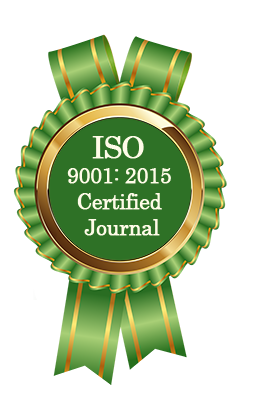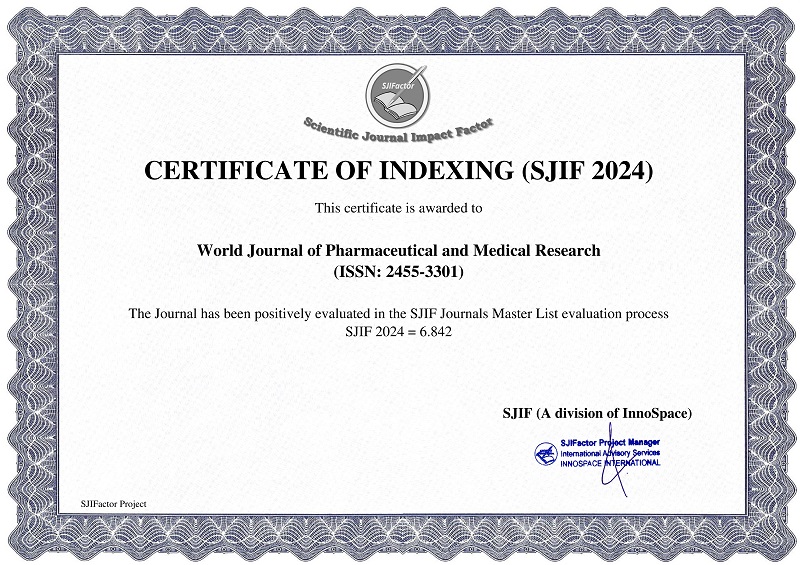INTEGRATING AYURVEDA IN THE MANAGEMENT OF CHARMAKEELA W.S.R. TO EPIDERMAL NEVUS
Dr. Shweta Ojha*, Dr. Prakash Joshi, Dr. Yogesh Wane and Dr. Akhand Singh Baghel
ABSTRACT
Epidermal nevi are benign skin growths that typically appear at birth or during early childhood. These lesions consist of various epidermal components, including keratinocytes, sebaceous glands, hair follicles, apocrine and eccrine glands, and smooth muscle cells, and are believed to result from cutaneous mosaicism. They are categorized into distinct variants based on their clinical appearance, extent of involvement, and the predominant epidermal structure within the lesion. The main variants include verrucous epidermal nevus, nevus sebaceous, nevus comedonicus, eccrine nevus, apocrine nevus, Becker's nevus, and white sponge nevus. Each type exhibits unique features that reflect its underlying cellular composition. This case study discusses a 12-year-old male child patient who presented with multiple dark-colored, warty papules arranged in a linear pattern on the left side of the body along with the leg, hand, neck and back. These lesions had been present for 7 years and were diagnosed as an epidermal nevus. In Ayurveda, this condition can be correlated with Charmakeela based on its symptomatology and treatment approaches.
[Full Text Article] [Download Certificate]



